The UK’s Medicines and Healthcare products Regulatory Agency (MHRA) recently implemented a new organisational structure which aims to meet the additional challenges and opportunities resulting from Brexit and the change to become a sovereign regulator.
Current challenges faced by MHRA
As anyone that has interacted recently with MHRA will know, there has been an increased number of submissions handled by the Agency. Despite their best efforts, once an enquiry or application is submitted it can be difficult to find out the current status and following up such requests takes up further time for both applicants and the agency. There are multiple legacy databases and systems (MHRA Submissions, MHRA products database, RAMA-XL, process licensing portal) that have in some cases been in existence, largely unchanged, for a number of years.
The MHRA’s development of a new IT system
Aim of the project
The agency recently delivered a webinar in which the roadmap for development of a new IT system was outlined. The MHRA is developing a new IT system – the working title of which is currently “RMS”. The aim of the project is to support internal and external interactions with the agency and processing of applications.
Timeline for development
It is expected that the first release of this will occur by the end of 2023. Following a tender process that began in 2021, work on the project formally began on 01 July 2022. In the Discovery phase, research with internal and external end-users on their needs was collected and future workshops and surveys are planned to ensure user needs are met as the system is developed.
Agile delivery model
An agile delivery model is planned, with delivery of the first release scheduled to occur by the end of the year. This will be a “minimum viable product” (MVP), which, while not having all features enabled or operational, can be used to assess how it meets most user requirements. It is anticipated that the “agile delivery model” will enable user feedback to drive continuous improvement of the system.
Focus on Medicines Regulatory Lifecycle
The first release will be focused on Medicines Regulatory Lifecycle – eg submissions related to product licensing such as marketing authorisations or post-approval variations and Process Licensing – eg wholesale dealer applications.
Subsequent releases will incorporate wider elements, for example:
-
Medical Devices
-
Import notifications
-
Advertising
-
Payment of annual service fees
-
Submissions of enquiries
Points not yet defined and areas for improvement
Points that are not yet defined are, for example:
-
Precise timelines for delivery of the MVP and subsequent iterations
-
The length of any transition period with legacy systems/databases
-
What information will be archived from current systems/databases
The ease of submitting applications and transparency of the timelines and current status are key areas where improvements would bring tangible benefits to both applicants and the agency.
As the MHRA seeks to develop closer ties with other global agencies following Brexit, another key area for the project to consider is whether the new system can better facilitate concurrent applications within the scope of, for example, Project Orbis or the Access Consortium.
Conclusion
In summary, the MHRA is in the process of developing a new IT system that aims to support internal and external interactions with the agency and processing of applications. The first release is expected to occur by the end of 2023, with subsequent releases incorporating additional elements. The agile delivery model will enable user feedback to drive continuous improvement of the system, and there are key areas for improvement that the project will need to address.




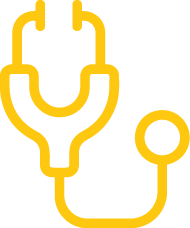
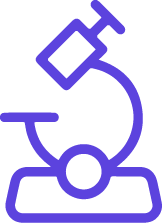
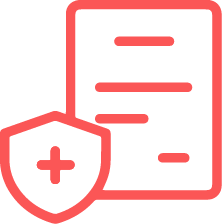




.jpg)








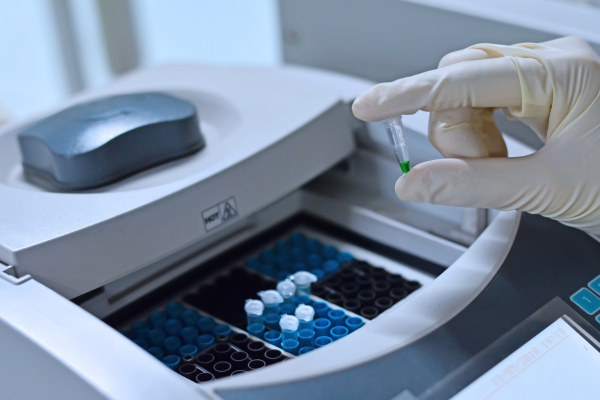

















%20Checklist.jpg)




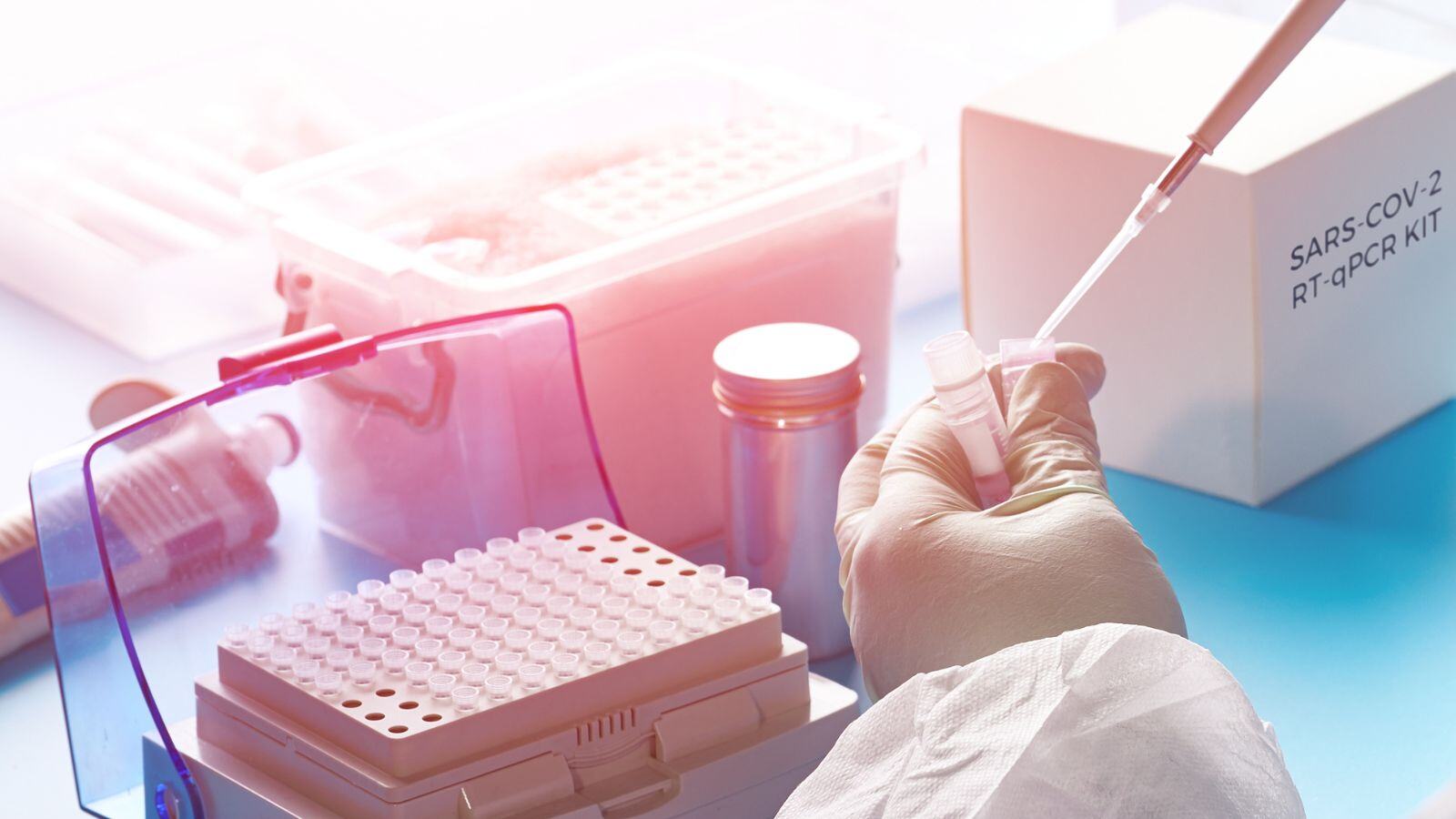






.jpg)




.jpg)





















.jpg)

.jpg)



.png)

.jpg)
.jpg)

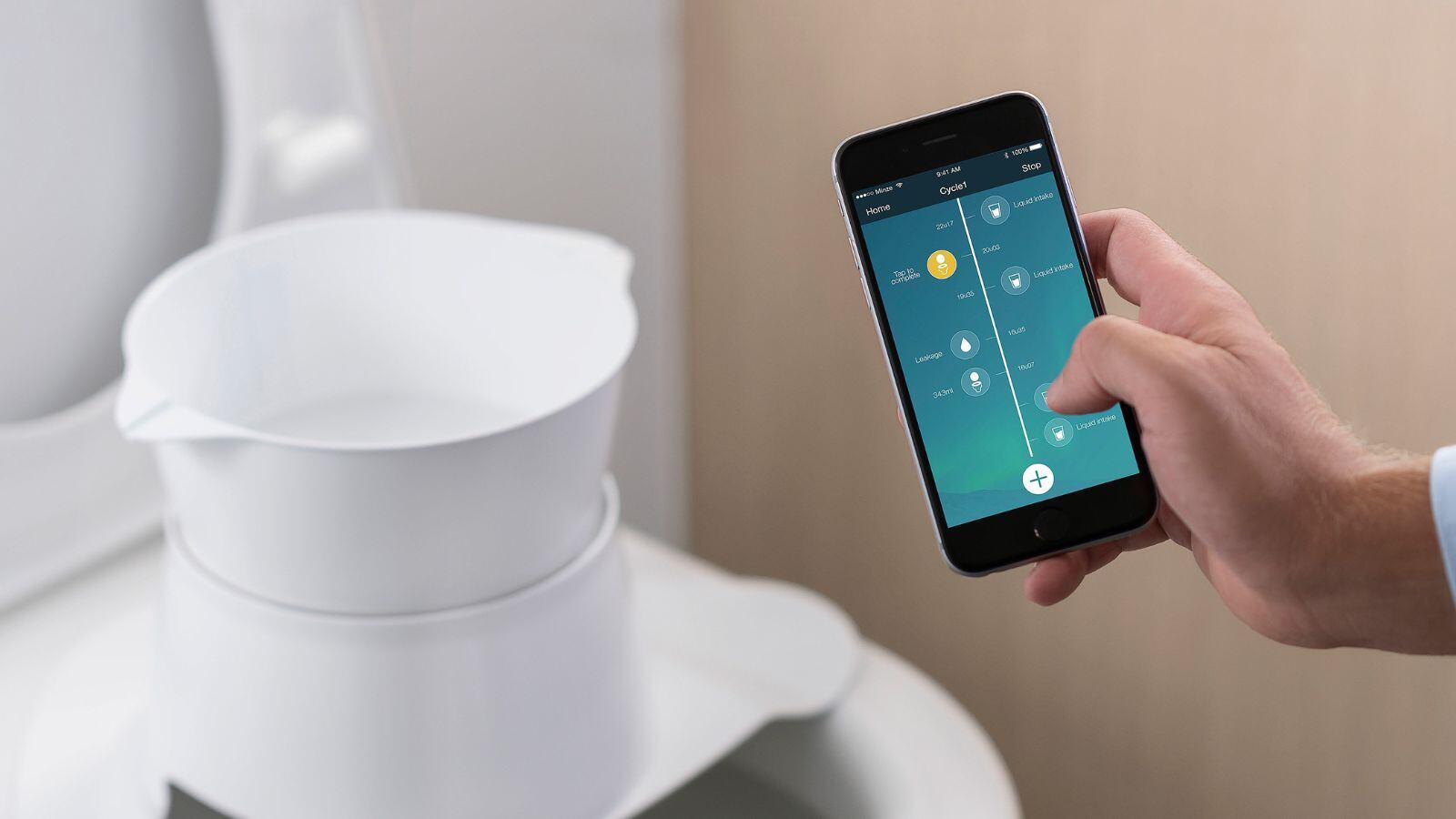
.jpg)
.jpg)

.jpg)
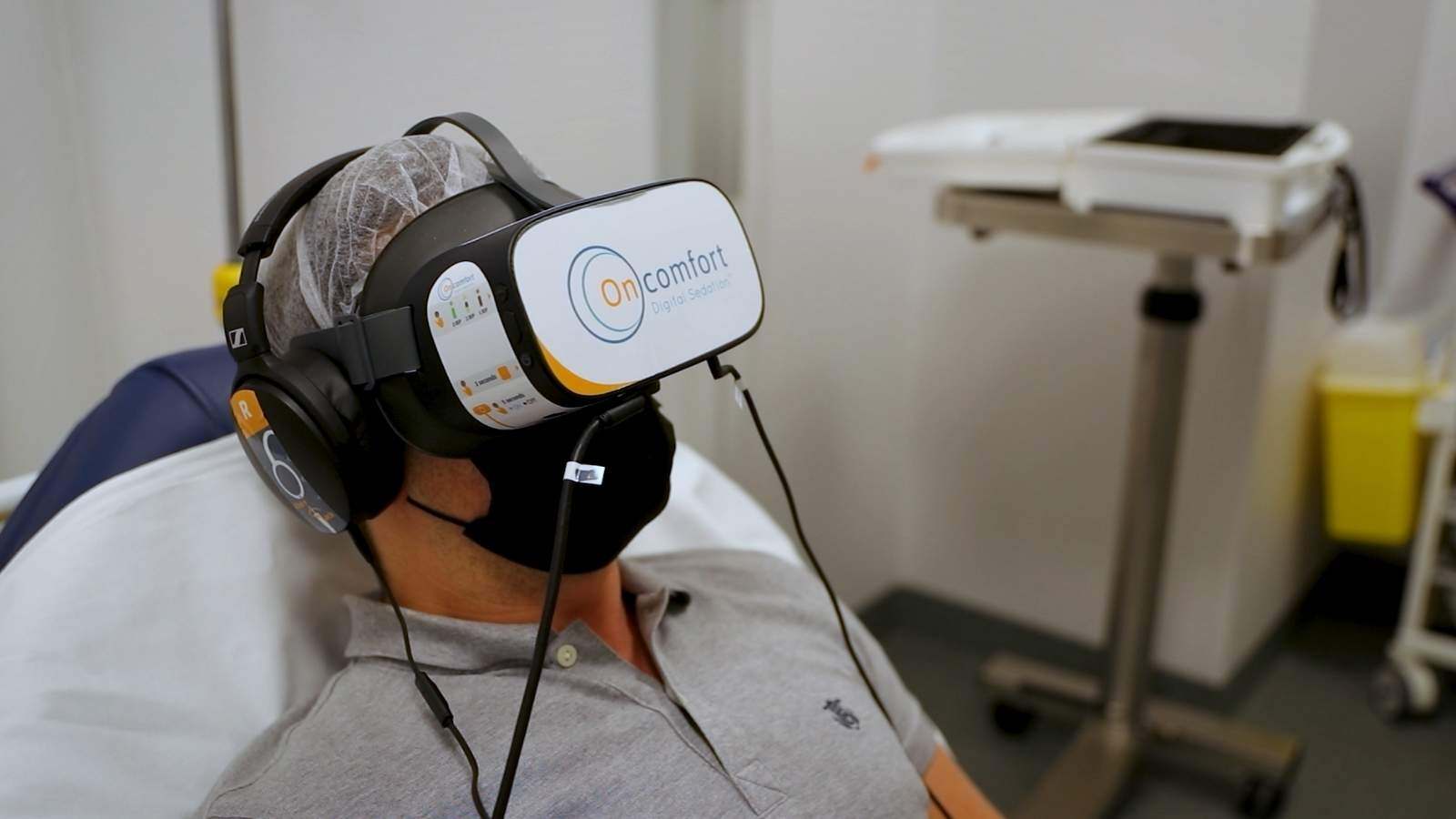
.png)